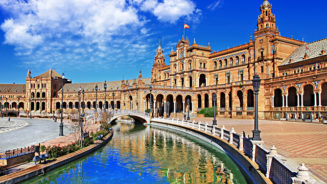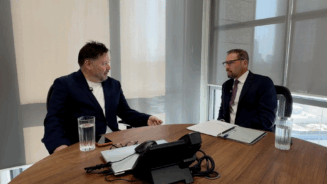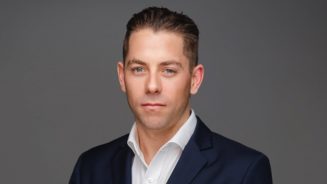Tell me more about the Middle East business?
We have a substantial institutional business in the Middle East.
In September last year, Oliver Rahe moved from our Frankfurt office to the Middle East. Then, in August, he was joined by a colleague from our London office, Tade Fayomi.
We look after the global distributors that are resident there. We look after some of the dominant local banks and some of the global intermediary businesses.
From our perspective, it is an interesting market because you have the global, private banks that have presence there.
You have a growing importance of domestic wealth management within the dominant local banks. Then, obviously, you have the international adviser businesses, some of which we deal with.
We have a very strong Indian equity fund, which is more than $2bn, and has been particularly attractive to non-resident Indians.
We have seen a definite trend for the local banks to build wealth management financial advice businesses within their organisation, which from our perspective is very important because they have a much better understanding from a suitability perspective of what is appropriate for a client.
How do you form partnerships with distributors?
The structure, whether it be EMEA or Australia or MENA has been always, as we evolve from 2010, to try to have very significant partnerships with one or two or three organisations in each country.
Partnership is an over-used word in our industry as it normally means one person is trying to sell someone something and then somebody else buys something and therefore we have a partnership.
To my mind, that is not relevant; that is just a pure buyer-seller relationship. A partnership is where the two parties understand each other’s needs in great depth.
Once we understand an organisation and the requirements they have, then we have the resources of Goldman Sachs that we can bring to that relationship, which could add value to them in an appropriate way.
In the EMEA region, we have a business that sits within our third-party distribution called strategic advisory solutions.
We have three offerings within our strategic advisory solutions team.
One of them is a business that is macro insights, a team of economists who work with our portfolio man- agers from all the different teams within Goldman Sachs Asset Management. Their role is to articulate to our clients what we think is happening in the world from a macro perspective and what impacts that could have on portfolios.
The next part of strategic advisory solutions is portfolio construction. What we do there with clients – and these range from some of the biggest banks in the world to the most local advisers in the world – is to act as a second pair of eyes for a portfolio.
We assess what we believe the returns would be based on our long-term strategic assumptions.
Then, say, if you added particular asset classes to that portfolio this is how it changes, the expected return and volatility of the portfolio.
The third function of the solutions service is what we call practice management. That is where we have a team of people who will spend time with advisers to help them improve some of the qualities they need to do their role well.
That could be anything from: “How do I become better at prospecting?”, “How do I become more efficient at running client portfolios?” to “How do I talk to clients about different ways of charging fees?”




